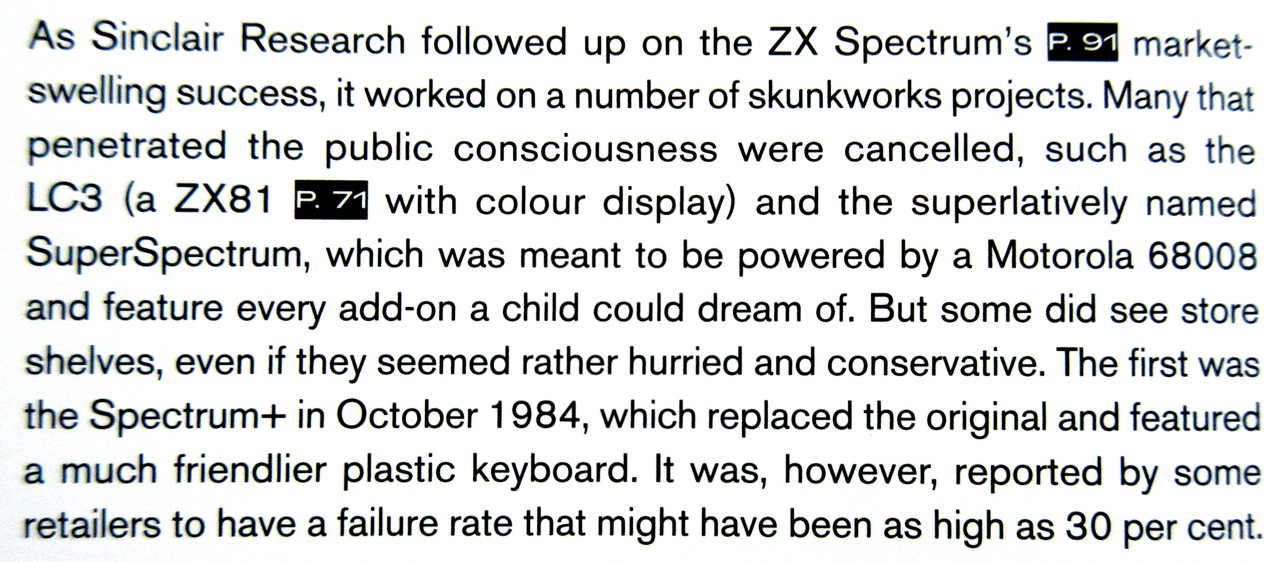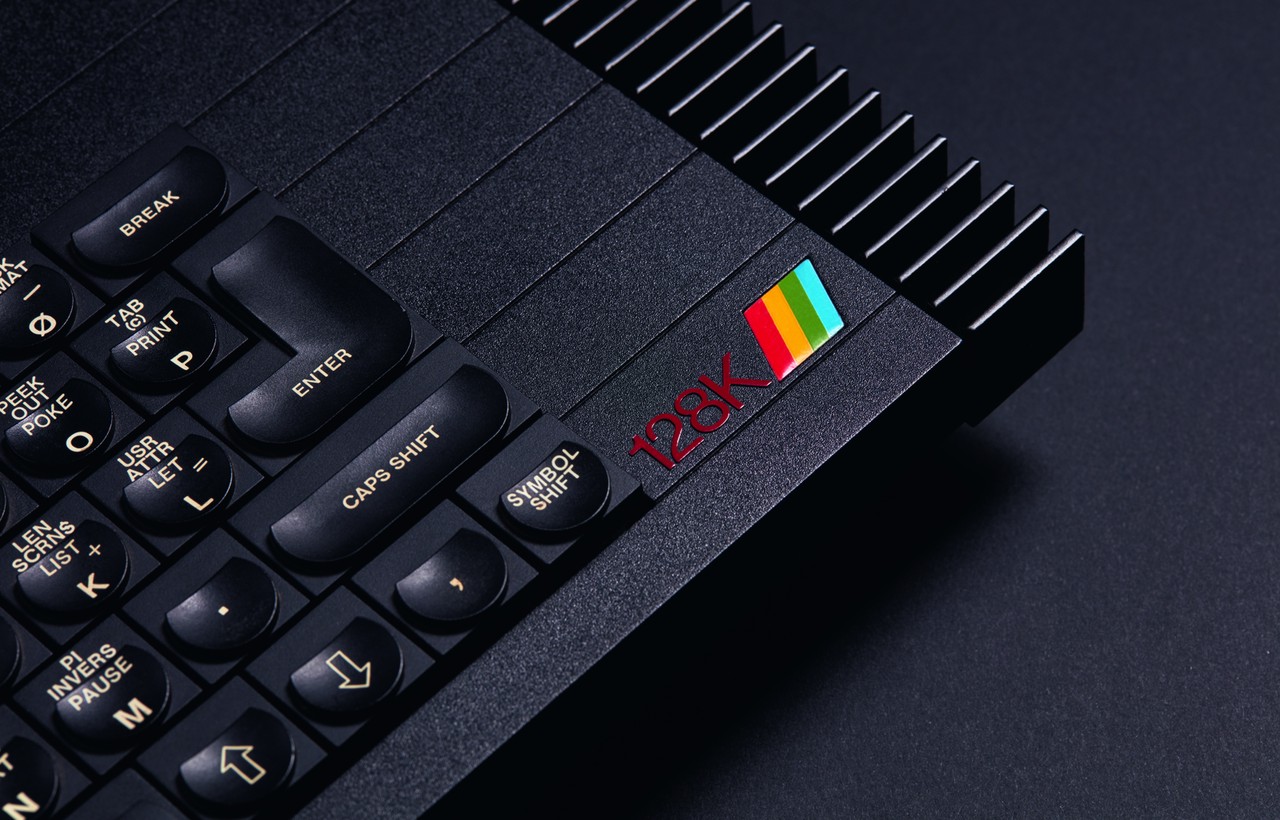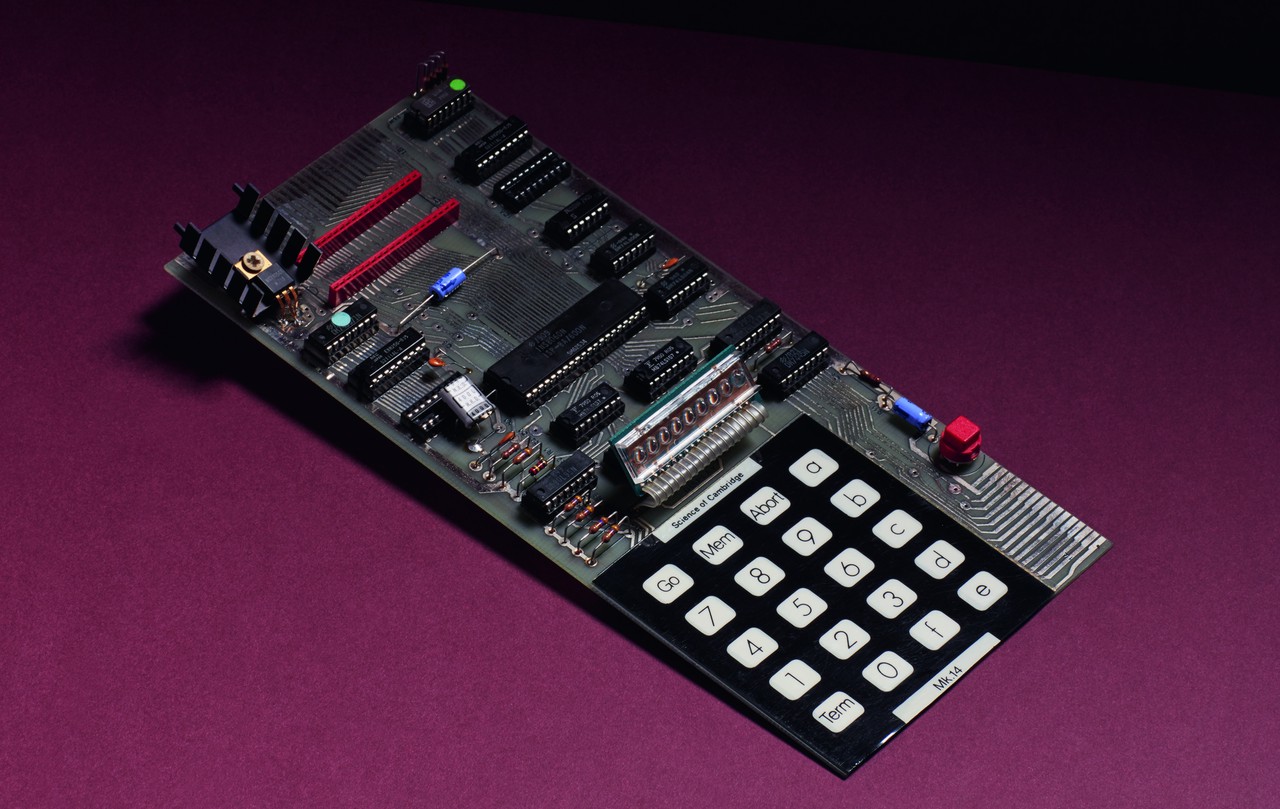Home Computers: 100 Icons that Defined a Digital Generation
As soon as you pick up this coffee table style book you know that you're in for a treat. A quick flick through reveals page after page of beautiful photos accompanied by well layed out text describing each machine. Turning to the introduction and you get what feels like an art documentary script that proceeds with great pace as it explains the rise of home computers. The intro captures much of the excitement, wonder and frenetic energy of this time.
This is primarily a visual book to dip into and read something interesting about the machine your looking at and then flick to another that catches your eye. Or at least that is probably the intention, but in reality I found each page captivating and was swept through from machine to machine as I reminisced about machines that I had used and discovered more about machines that I had never owned and about a time which I was too young to fully appreciate.


I love the page layout of this book. The edge of each computer's first page has the manufacturer, date of availability, origin and some technical data such as CPU and memory. This is great for giving quick context to the machine and then the main text goes into more depth as it describes how it came to market, how it faired and why, the sort of competition it was facing and the personalities or companies behind it. The descriptions are all part of a larger interconnected narrative woven through the book of innovation, competition, success and failure. This interconnectedness is further strengthened by its use of page references throughout to the machines it is comparing against. These page references feel almost like a printed version of a hyperlink as they stand out in their white type on a black background.

Inside, it says that it was produced in collaboration with The Centre for Computing History in Cambridge, UK and it shows through the gorgeous photos, taken by John Short, of items in its collection. Alex Wiltshire has done a great job crafting a text that is warm, easy to read and well researched. The book starts with the SDC Minivac 601 (1961) before moving straight onto the machine that jump started the home computer revolution, the MITS Altair 8800b (1975). It primarily covers machines from the United States, United Kingdom, Europe and Japan. Some of these machines were completely unknown to me, such as those from East Germany and it was fascinating to see them and read about their place behind the Iron Curtain. Finally the book finishes with the Acorn RiscPC 600 (1994) and Apple iMac G3 (1998).

The book comes in a hardcover and is really well made with Smyth sewn bindings allowing it to open completely flat. It uses high quality paper throughout its 256 pages. These are mainly gloss, but good use is made of matt pages for pictures of paper and cardboard artefacts such as manuals and the boxes that the computers came in.
I have found it to be pretty accurate with only a few small errors such as saying that the Osborne 1 could only display five lines. One other strange omission to my mind is the absence of the Tandy Model 100, which I would have expected to see, but then in keeping it to 100 computers something had to go. These really are minor points in a work that offers so much.
I would highly recommend this book for anyone interested in this time period of computing history. It's one of those books that you can keep coming back to to revel in the period between the 1970s and 1990s when home computing was new, exciting and ever changing. One that I enjoyed so much.